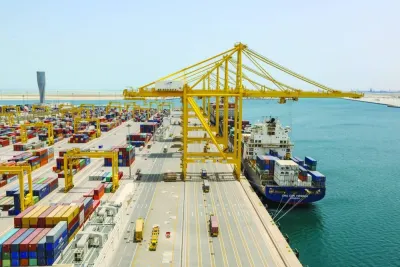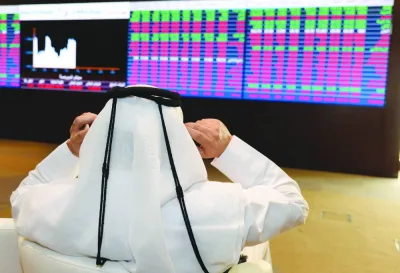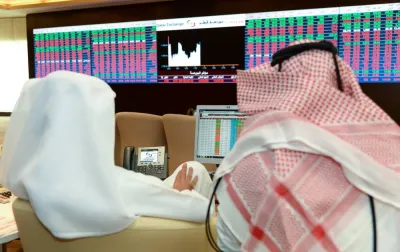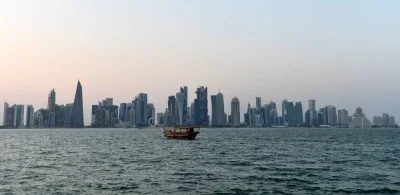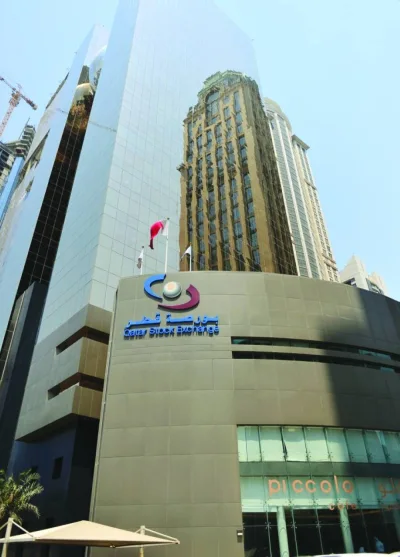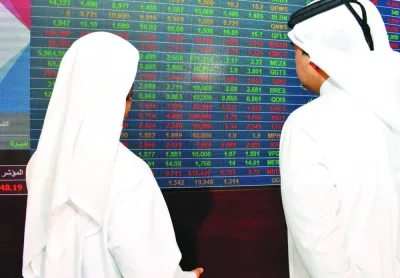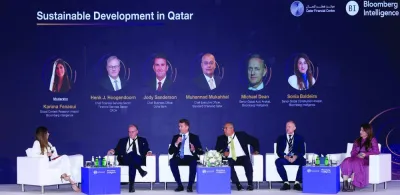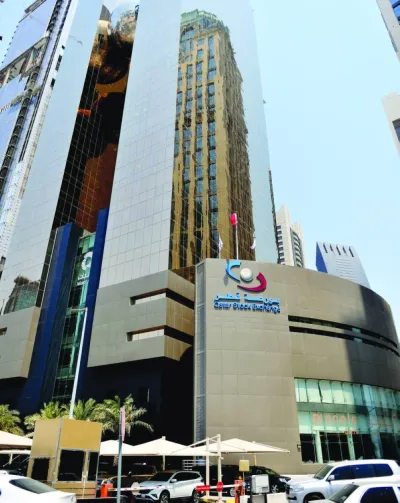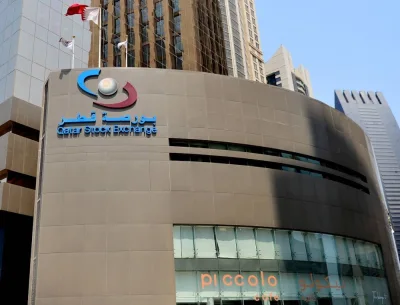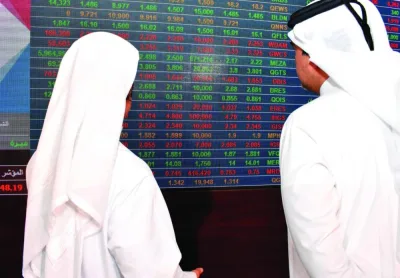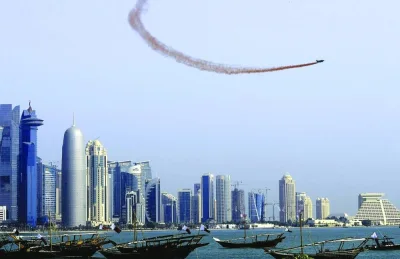Hamad, Doha and Al Ruwais ports handled in excess of 103,000 TEUs (twenty-foot equivalent units) this January, of which 39% was transshipment containers, according to official estimates. The country's maritime sector saw increased volumes of vehicles (RORO) handled through the three ports on an annualised basis in the review period, according to the data compiled by Mwani Qatar. However, the container movement declined 7.3% and 3.96% year-on-year and month-on-month respectively in the review period. The container handling through the three ports stood at 103,372 TEUs. Hamad Port, the largest eco-friendly project in the region and internationally recognised as one of the largest green ports in the world, alone handled 102,875 TEUs of containers handled this January. The container terminals have been designed to address the increasing trade volume, enhancing ease of doing business as well as supporting the achievement of economic diversification, one of the most important goals of the Qatar National Vision 2030. The general and bulk cargo handled through the three ports amounted to 59,041 freight tonnes in January 2024, which shrank 48.01% and 57.07% on yearly and monthly basis respectively. Hamad Port – whose multi-use terminal is designed to serve the supply chains for the RORO, grains and livestock – handled as much as 56,484 freight tonnes of breakbulk in January this year. The container and cargo trends through the ports corroborates the Qatar Financial Center's purchasing managers' index, which has maintained that the country's non-oil private sector is in the pink of its health and the 12-month outlook remains bright. As many as 217 ships had called on Qatar's three ports in January 2024, which however was lower by 3.98% and 2.69% year-on-year and month-on-month respectively. Hamad Port, whose strategic geographical location offers opportunities to create cargo movement towards the upper Gulf, supporting countries such as Kuwait and Iraq and south towards Oman, saw as many as 138 vessels call (excluding military) on the port in the review period. The three ports were seen handling 31,337 livestock in January 2024, which showed 24.16% plunge year-on-year but shot up 27.54% month-on-month. Hamad Port, which recently completed 5mn man-hours without any lost time injury, was seen handling as many as 8,000 heads in the review period. The building materials traffic through the three ports stood at 49,745 tonnes in January 2024, which plummeted 90.59% on an annualised basis even as it was up 1.14% month-on-month. The three ports handled 6,066 RORO in January 2024, which registered 6.27% growth year-on-year but tanked 27.26% on monthly basis. Hamad Port alone handled 6,044 units in January this year. Qatar's automobile sector has been witnessing stronger sales, notably in heavy equipment, private motorcycles and private vehicles, according to the data of the Planning and Statistics Authority.

Santhosh V. Perumal
Santhosh V. Perumal, a postgraduate in Econometrics with an advance qualification in Capital Markets and Financial Services, is Gulf Times' journalist. His coverage areas are debt and equity, hydrocarbons, international trade, environment, banks, insurance and real estate. Previously, he was in New Delhi, India as Senior Finance Correspondent of PTI.
Most Read Stories

